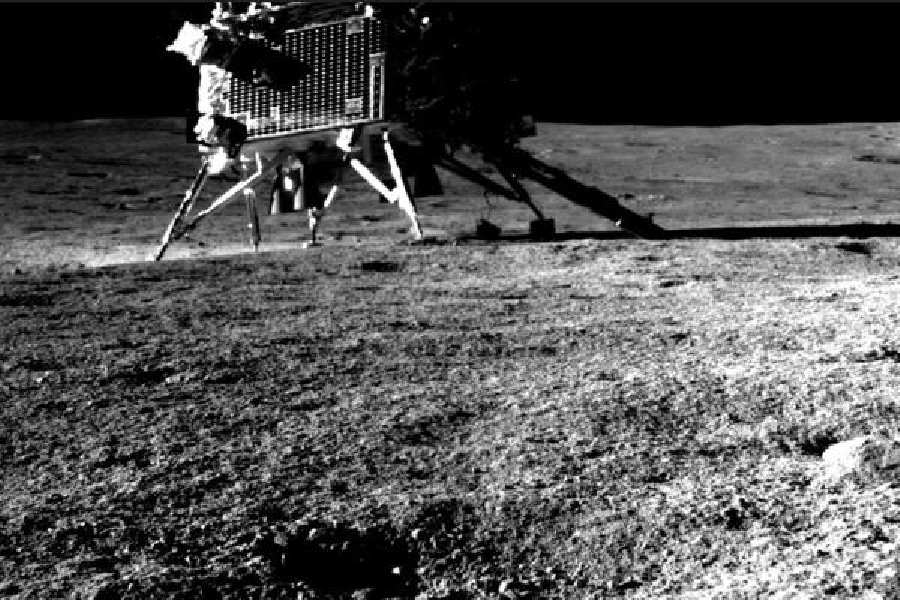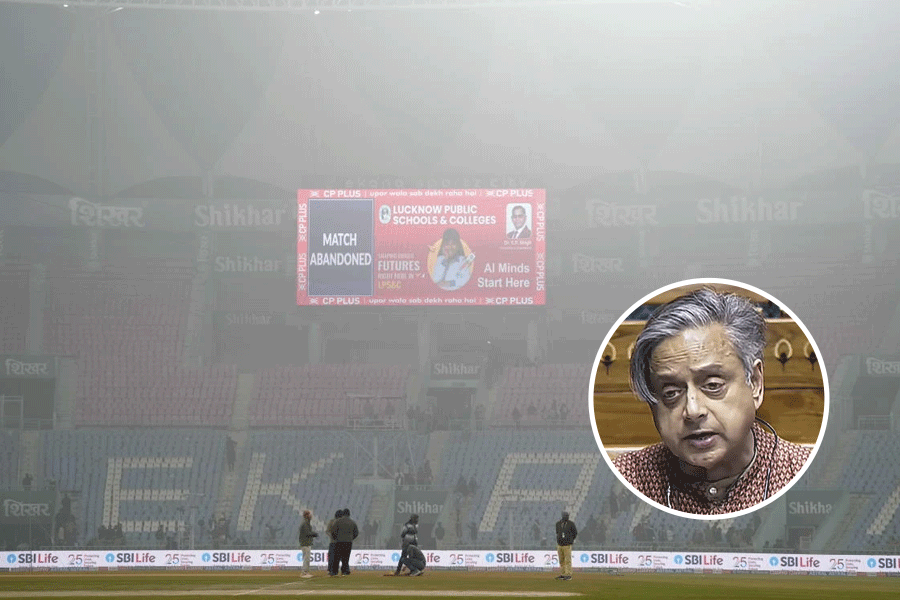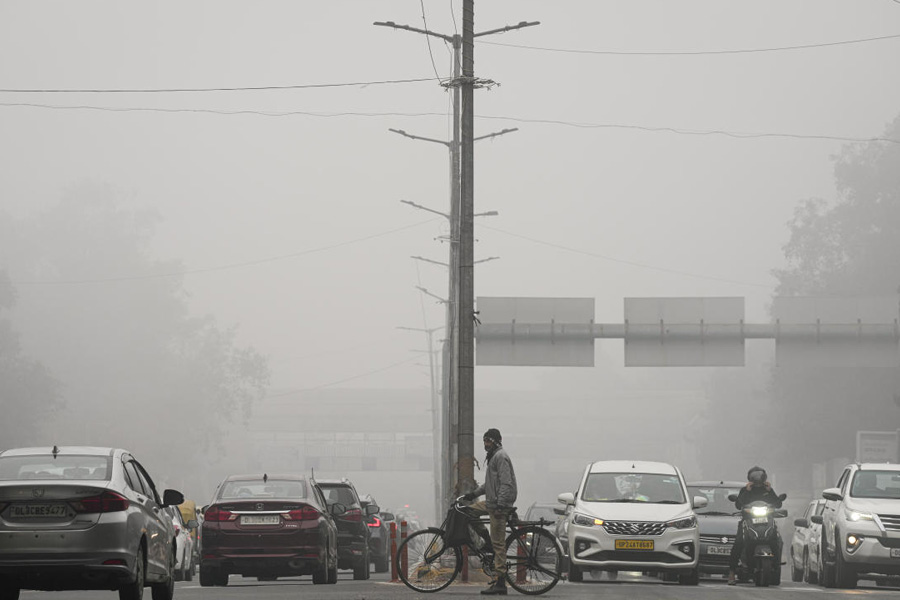Lunar surface temperature readings taken by India’s Chandrayaan-3 lander have raised hopes for significantly larger and more widespread deposits of water-ice near the lunar poles than previously thought to exist.
Indian scientists analysing data from the lander released on Thursday new research findings which suggest that crevices and craters along poleward-facing slopes on high lunar latitudes, shielded from sunlight, could serve as pockets for ice accumulation.
Several lunar missions have confirmed signatures of water-ice in the permanently shadowed regions (PSRs) near the lunar poles since India’s lunar orbiter Chandrayaan-1 in 2008 provided the first direct evidence of water molecules on the moon’s surface. PSRs are areas that never receive direct sunlight and are always at extremely low temperatures that allow ice to remain stable for billions of years.
Now, temperature readings from the Chandra Surface Thermophysical Experiment (CHASTE), an instrument on the Chandrayaan-3 lander, have revealed how even slight slopes on the lunar surface can lead to significant differences in the ground temperatures.
The instrument found that temperatures at the point it penetrated the ground, a Sun-facing slope angled at 6 degrees, peaked at 82°C during the lunar noon. But just a metre away from that point, another temperature sensor showed that the peak daytime temperature was 59°C.
“We saw this very large temperature difference between two points only about a metre away,” Karanam Durga Prasad, a planetary scientist at the Physical Research Laboratory, Ahmedabad, who led the analysis, told The Telegraph. “The higher temperature on the sun-facing slope, the lower temperature with less solar illumination.”
Durga Prasad and his colleagues used the temperature data to calculate how the lunar surface slope angle affects the surface temperature at high lunar latitudes similar to the landing site. Their findings were published in the journal Communications Earth and Environment on Thursday.
Their calculations have shown that slopes facing away from the sun and towards the pole with a slope angle greater than 14 degrees will be cold enough for water-ice to accumulate in crevices or craters close to the surface.
“These findings imply that the number of areas on the moon where ice may accumulate are more numerous and therefore easier to access than assumed until now,” Durga Prasad said.
Scientists believe lunar ice originates from the interactions of protons from the sun with iron oxide in the lunar soil and from occasional cometary and meteorite impacts delivering water to the surface.
The high latitude regions of the moon are potential sites for scouting water-ice, prospecting for resources, and habitation, the researchers said in their paper. “Such sites are not only scientifically interesting but also pose less technical challenges for exploration in comparison with regions closer to the poles of the moon,” they wrote.
The Chandrayaan-3 spacecraft launched by the Indian Space Research Organisation (Isro) in 2023, was the first lunar mission to soft land near the lunar south polar region. The US space agency Nasa has also proposed landing Artemis missions near the lunar south pole. Isro’s long-term plans include a mission to send astronauts to the moon by 2040.










